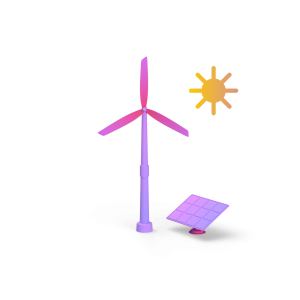
Renewable Energy Storage
Storage of wind, solar and hydroelectric energy to be used as alternative sources for carbon-free energy systems
An innovative approach for renewable energy storage using a combination of hydrogen carriers and heat storage

Storage of wind, solar and hydroelectric energy to be used as alternative sources for carbon-free energy systems
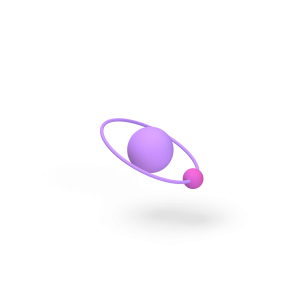
Hydrogen as an energy vector produced from other energy sources for long-term storage
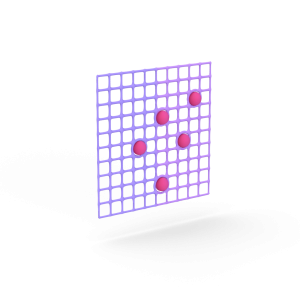
Metal powders for absorbing and releasing hydrogen under moderate pressure and temperature
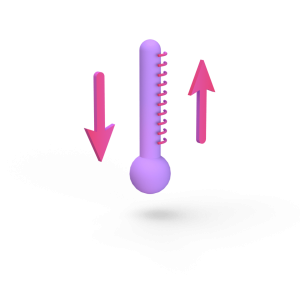
Management of heat due to hydrogen sorption in metal hydrides by a phase change material
HyCARE provides a proof-of-concept for a low pressure and low temperature hydrogen storage at large scale
During the exhibition show in Paris, on 21 April 2023, the HyCARE Communication Team interviewed the Coordinator, the Partners and the invited speakers.
After the introduction and comment of the Project Coordinator, the opinion on the results achieved within the project was asked to CNRS, IFE, UNITO, FBK, Hereon and EnviPark – the academic bodies and research centers involved in HyCARE.
Then GKN, TecnoDelta, Stuehff and ENGIE reported their point of view on the involvement of enterprises in the EU projects, such as HyCARE
Finally, David Colomar – Project Coordinator of the COSMHYC Project, and Olivier Joubert – Director of the French Federation of Hydrogen Energy FRH2, were asked to express their idea on the synergies among projects and their importance to promote innovative results.
Let’s have a look at the video and check what they said!
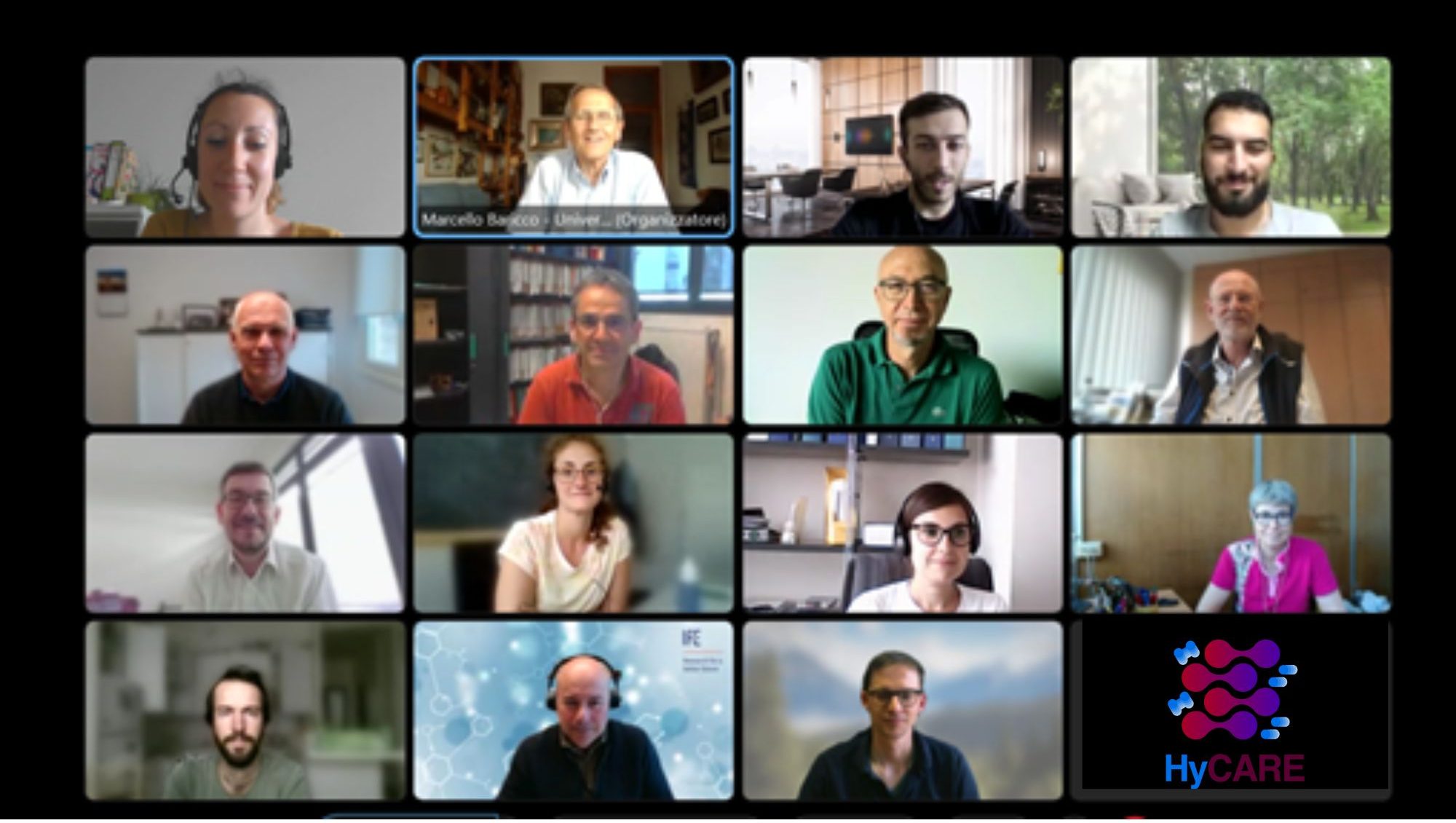
The final meeting of HyCARE just took place.
In the afternoon of the 4th of July 2023, all Partners participated online in the final meeting of the project HyCARE.
The conclusions have been drawn, the results initially planned have been achieved and Partners will continue disseminating the activities.
Congratulations to all the Partners… let’s hope to work together again!
“Every end is a new beginning”
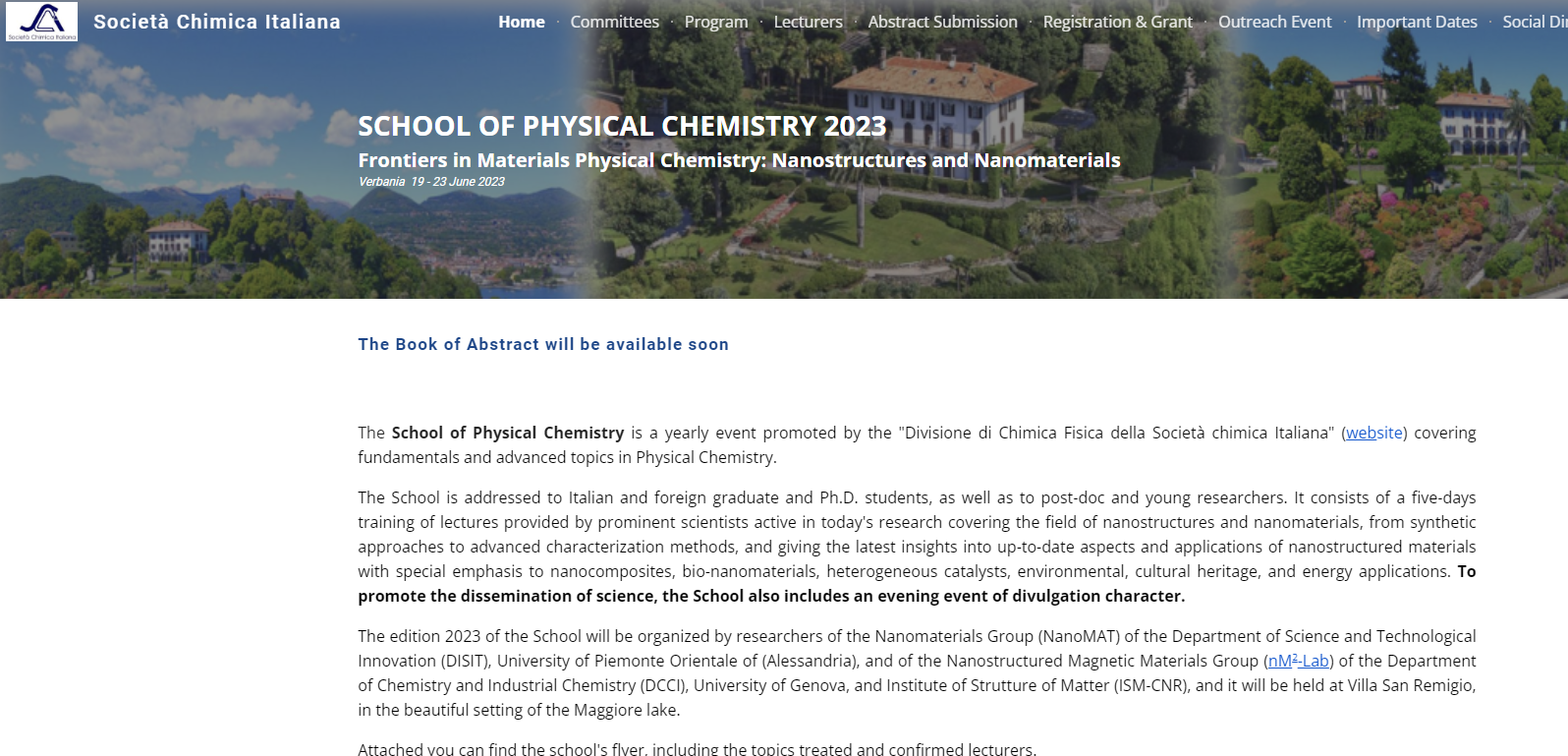
The School of Physical Chemistry is a yearly event organised in Verbania and promoted by the “Divisione di Chimica Fisica della Società chimica Italiana” covering fundamentals and advanced topics in Physical Chemistry.
The School is addressed to Italian and foreign graduate and Ph.D. students, as well as to post-doc and young researchers. It consists of a five-days training of lectures provided by prominent scientists active in today’s research covering the field of nanostructures and nanomaterials, from synthetic approaches to advanced characterization methods, and giving the latest insights into up-to-date aspects and applications of nanostructured materials with special emphasis to nanocomposites, bio-nanomaterials, heterogeneous catalysts, environmental, cultural heritage, and energy applications.
On Thusday 22 June 2023, Marcello Baricco – Coordinator of HyCARE Project and Professor at the Department of Chemistry and NIS (University of Turin) – gave the lesson “Nanomaterials for H2 storage”.
The lecture focused on the role of nanostructured materials and of interfaces on thermodynamic and kinetic properties of hydrogen storage materials. In particular, hydrogen absorption and desorption in metal and complex hydrides will be discussed. In order to lower the enthalpy of reaction, reactive hydride composites (RHC), consisting in combining two hydrides, will be also considered.
More information ca be retrieved in the abstract submitted, below.
More information on the event: https://sites.google.com/view/physchemschool/program

On the 7th of June 2023 at 4PM, a session of the of the Physical, Mathematical and Natural Sciences took place in the Accademia delle Scienze of Turin.
The Academy of Science is a private body that since 1783 contributes to scientific progress, through the promotion of research, organisation of congresses, conventions, seminars, conferences. It maintains and increases a rich and important library and a historical archive where documents relating to the history of science and technology are kept.
During the session, a specific part was dedicated to the materials for managing hydrogen where Marcello Baricco and Livio Battezzati were invited to speak.
Baricco as HyCARE Coordinator spoke about the innovative technology developed within the HyCARE project!!
